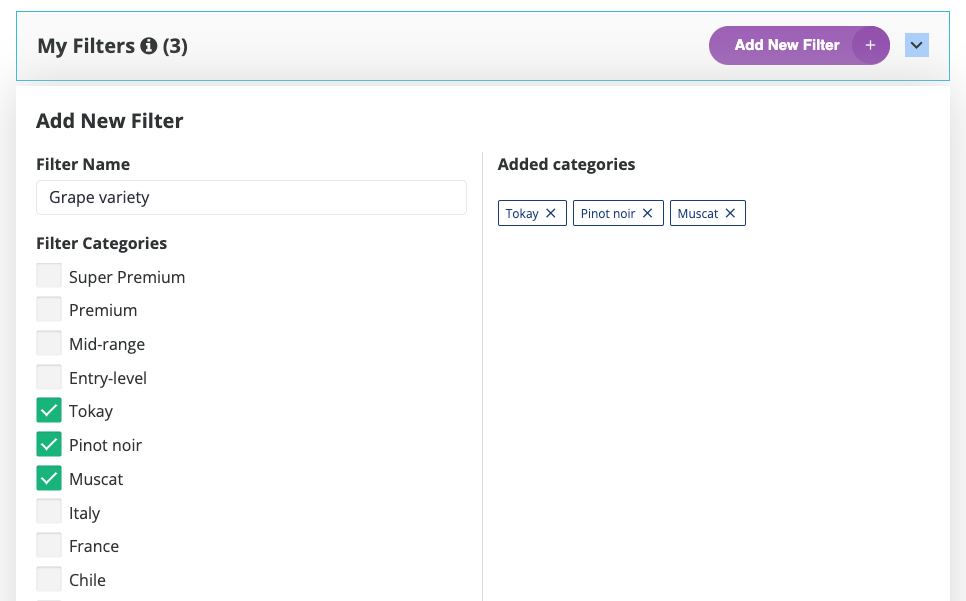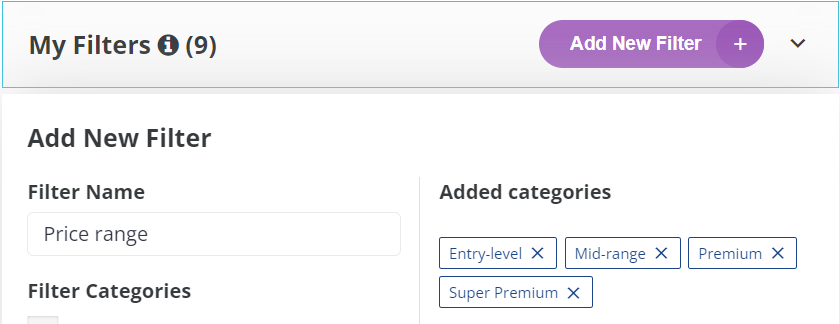Matchmaking Algorithm on Default and Multi-Space Matchmaking
The matchmaking algorithm (a.k.a business matchmaking, MM, BM) uses the categories you select during registration to provide personalized recommendations. As you continue to use the system, the algorithm learns your preferences and improves the accuracy of its suggestions.
Key Points About Matchmaking
We have two versions of logic for the matchmaking algorithm → default and multi-space. However, the key points are the same, as follows:
Driven by product categories
The algorithm uses two types of categories:
Activity Categories represent what a person does, or what a product is, and can belong to non-person objects.
Interest Categories show the interests, that can only belong to a person or objects
The logic of using activity and interest categories can be different across different configurations → default or multi-space. See more details in the next sections.
Explanation of the matchmaking algorithm → The algorithm starts by utilizing data obtained during the registration process. Over time, it becomes more proficient by learning from the behavior of users – specifically their interactions with one another. It factors in information about the users' expressed interests and behavior, which play a role in the recommendations the algorithm makes for the user.
Takes into account all objects on the platform (people, products, exhibiting companies, speakers, sessions, news, webinars, etc.)
Each person has a different level of interest in each product category (it’s not just “yes” or “no”). We take into account their hierarchy.
All objects on the platform (people, products, sessions, exhibitors, etc.) are tagged by one or more product categories
The system recommends things to you that best match your current interests, which can change over time
The algorithm further refines the result set by looking at positive or negative interactions.
Positive Interactions include clicking on the profile or clicking on the Favourite, Meet, or Message buttons and expressing interest in particular profiles.
Negative Interactions mean ignoring them in your matches or clicking on the "Not Relevant" button, expressing disinterest in profiles.
Default
The default matchmaking algorithm calculates scores based on pairs of interest and activity categories, following the example of a baseline user.
Example
Let’s assume that we have a baseline user who has specified their interest categories. In this case, the baseline user is interested in the following categories:
Muscat
Pinot noir
Tokay
Riesling
Merlot
There are several potential users for recommendations, each of whom has its own set of activity categories.
User | Activity Categories |
|---|---|
User-1 |
|
User-2 |
|
User-3 |
|
The matchmaking algorithm calculates the scores of similarity or matching between the baseline user's interest categories and the activity categories of each potential user.
For example, the algorithm finds that User-1 shares 5 interest categories with the baseline user, User-3 shares 2 interest categories, and User-2 shares 1 interest category.
Rank & User Pair | Interest ↔︎ Activity Categories Matches | Score |
|---|---|---|
| 5 matches | ~100% |
| 2 matches | ~40% |
| 1 match | ~20% |
Multi Space
Multi-space matchmaking uses additional input data that represent spaces and categories filters. To enable Multi Space Matchmaking: Go to Admin Panel → Networking → Matchmaking → Enable Toggle Multi-Space Matchmaking:

In Multi Space we have included spaces/category filters for our matchmaking algorithm. In the case below, space is a group of categories that you can find as a category filter. For example, Country, Region & Appellation is space (a.k.a category filter) and France is the category of this space.

Example of categories filters

Example of the structure of category filter

In our example, we use 3 categories of filters/spaces: (** These are the product categories defined/grouped in filters/space)
Country, Region & Appellation
Grape Variety
Price range
So, we have the baseline user with the following interest categories.
Country, Region & Appellation
Italy
France
Grape Variety
Muscat
Pinot noir
Price range
Entry-level
Mid-range
Premium
Also, we have potential users for recommendation with the following activity categories.
User 1 → Full Match with baseline user
Country, Region & Appellation
Italy
France
Grape Variety
Muscat
Pinot noir
Price range
Entry-level
Mid-range
Premium
User 2 → Full Match per Spaces, but not complete with categories
Country, Region & Appellation
Italy
Chile
Grape Variety
Muscat
Tokay
Price range
Premium
Super Premium
User 3 → 2/3 match per spaces
Country, Region & Appellation
Italy
France
Chile
Grape Variety
Muscat
Pinot noir
Tokay
Price range
Super Premium
User 4 → 1/3 match per spaces
Country, Region & Appellation
Chile
Grape Variety
Muscat
Pinot noir
Tokay
Price range
Super Premium
User 5 → 0/3 match per spaces
Country, Region & Appellation
Chile
Grape Variety
Tokay
Price range
Super Premium
Expected results
The expected results indicate that User 1 is the strongest match, followed by User 2 and User 3 with decreasing match strengths. Users 4 and 5 have weaker or no matches in any of the spaces. The matchmaking algorithm considers both the number of matching spaces and the completeness of category matches within those spaces to determine the overall match strength.
Rank | User | Spaces Matches | Category Matches |
|---|---|---|---|
1 | User 1 | 3 | 7 |
2 | User 2 | 3 | 3 |
3 | User 3 | 2 | 4 |
4 | User 4 | 1 | 2 |
5 | User 5 | 0 | 0 |
